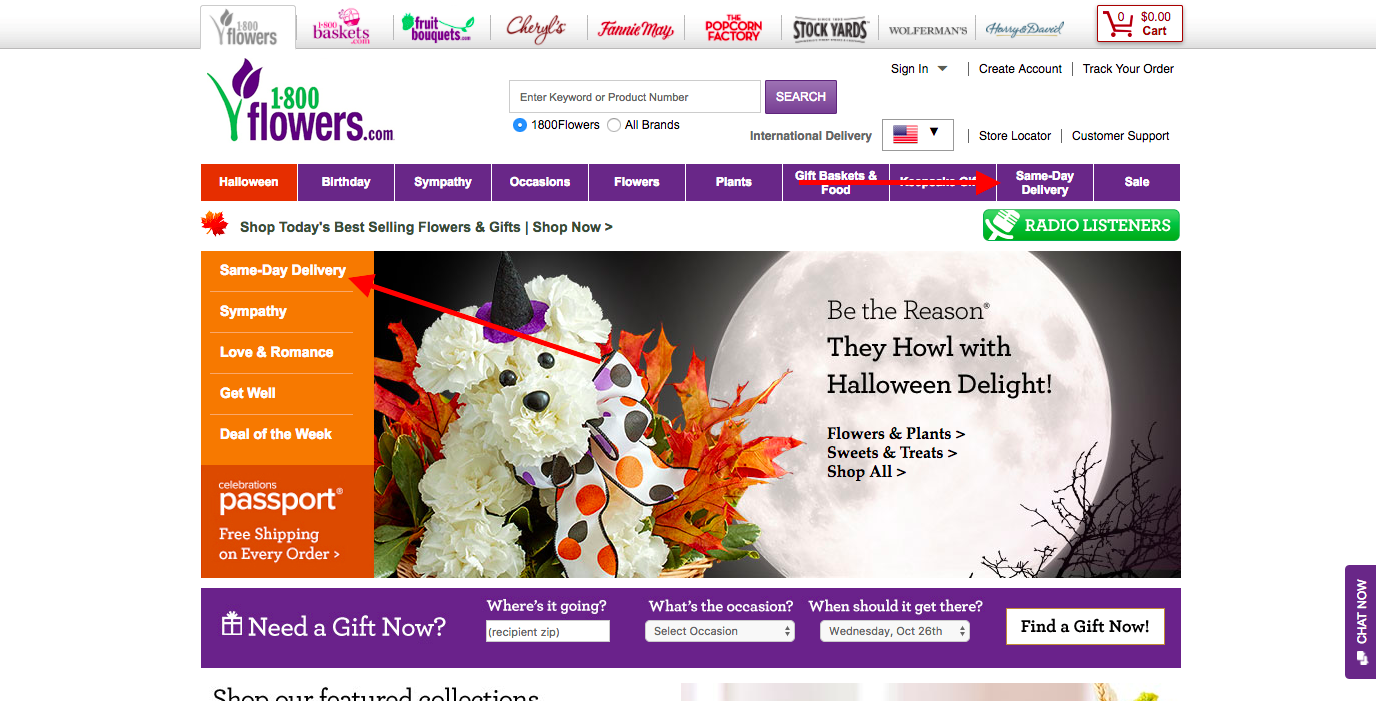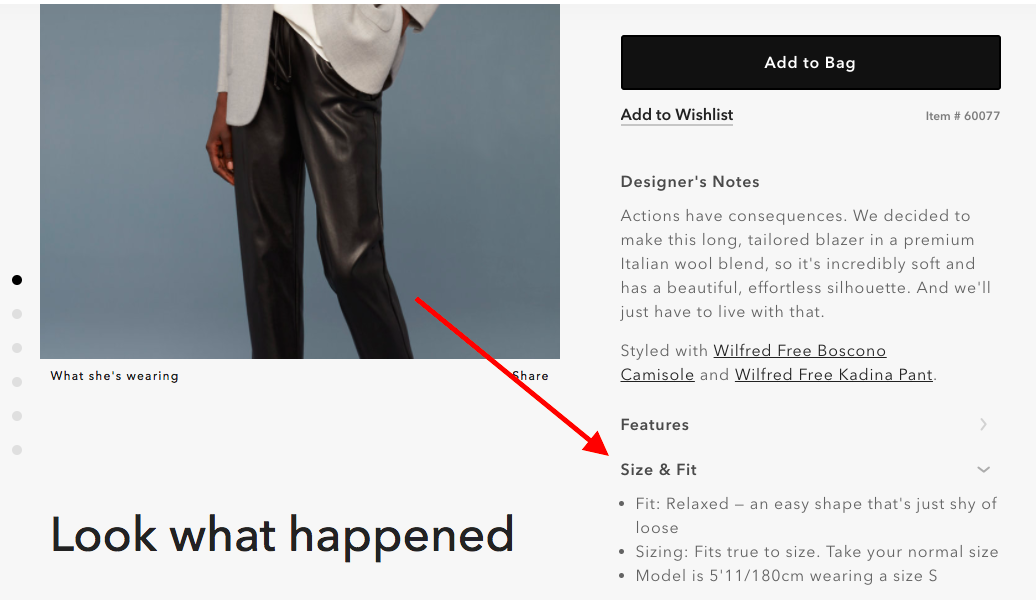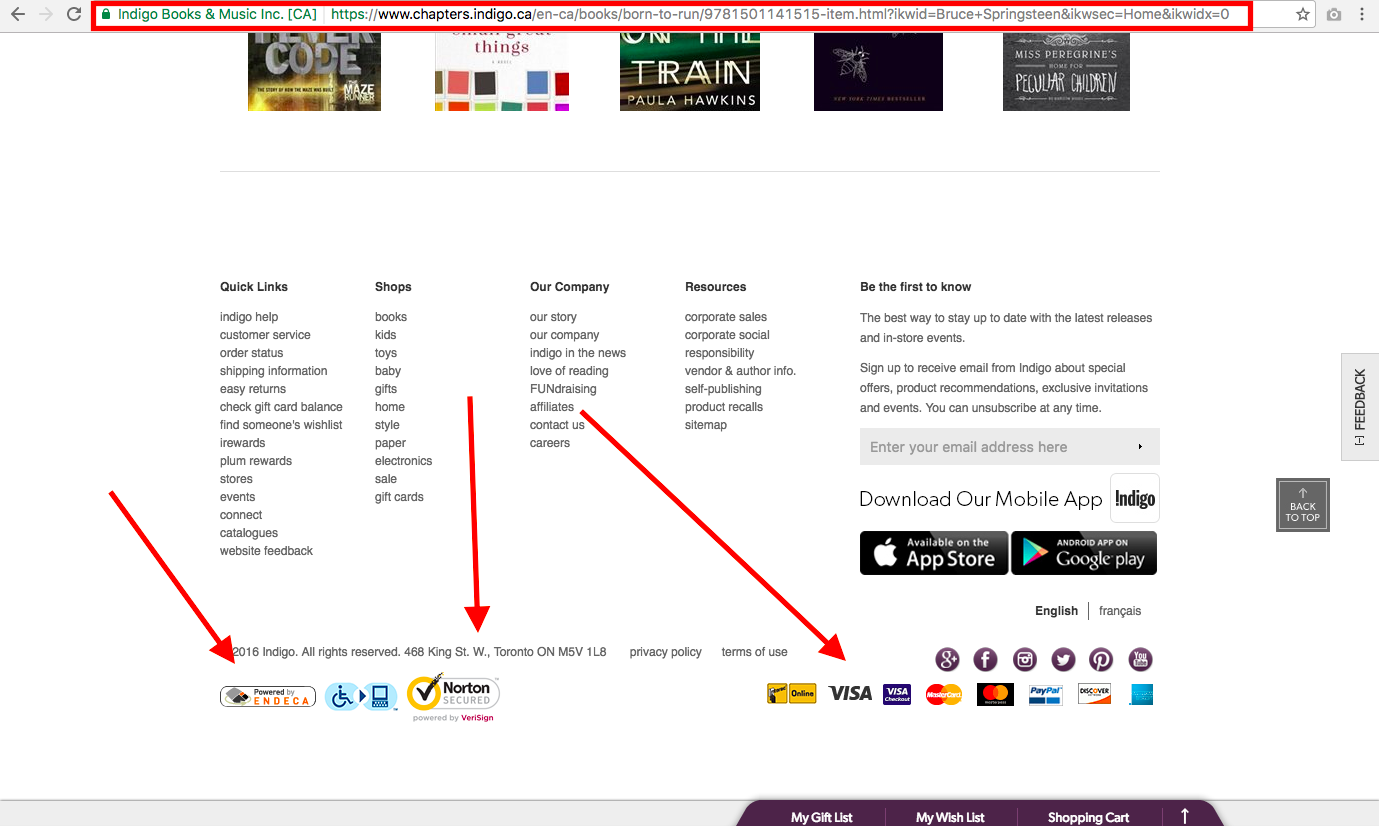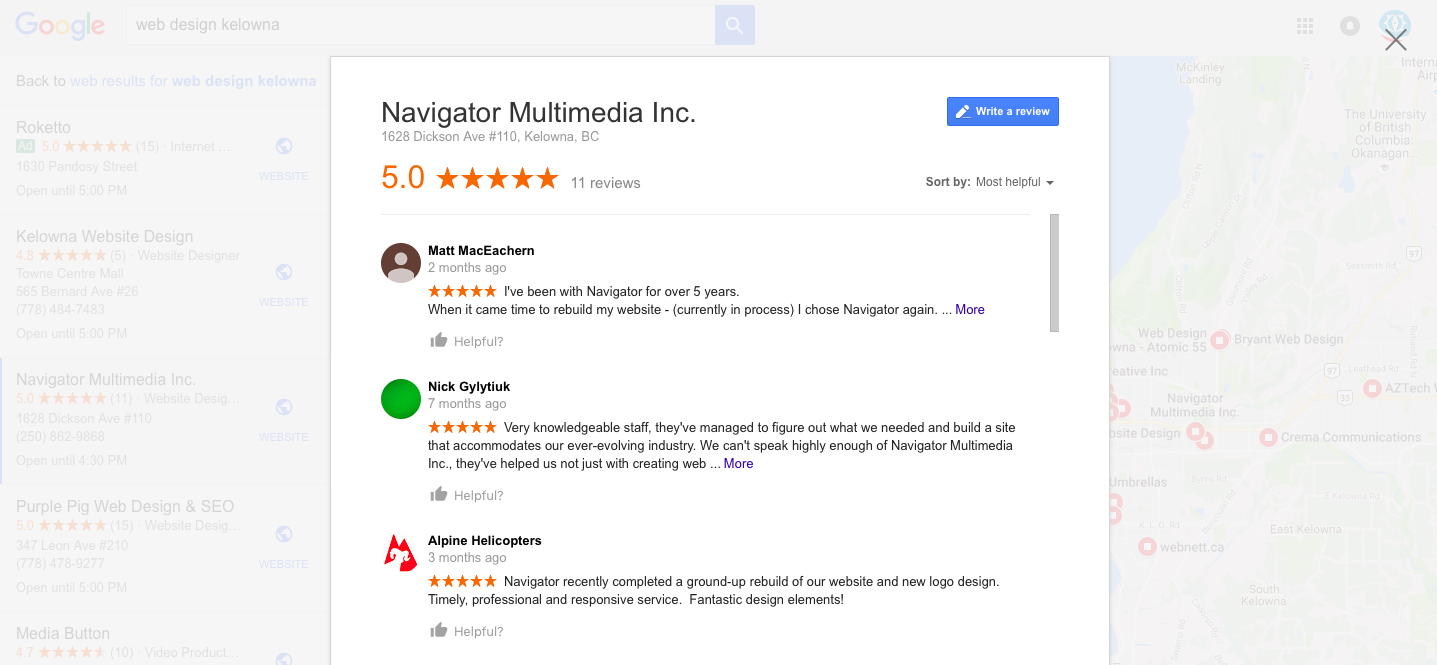Does Your E-commerce Website Answer These Five Essential Questions?
“Life is too short for unpleasant experiences,” says Deloitte researchers Alison Kenney Paul and Susan K. Hogan.
Their interview-based study on consumer shopping behaviour digs deep into understanding what makes us want to buy stuff (and I would definitely recommend taking in the whole report over here), but my major takeaway from it all was an overarching sense of YOLO (You Only Live Once) in the web purchasing thought process.
What Kenney Paul and Hogan discovered is that people don’t have time for poor e-commerce websites. Life is too short for unpleasant shopping experiences.
So besides the obvious’s – a fast-loading, mobile-compatible website with big buttons for thumbing around and lots of high-res images – there are some essential questions your e-commerce website needs to answer in clear, immediate formats in order to keep your prospect’s eye on the prize (checkout, cha-ching).
As an ardent online shopper, I identify with all five of these questions as representative of serious pain points in the e-commerce experience.
Consider your current e-commerce offering; how does it answer these questions? With the holiday shopping season inching closer with spending anticipated to reach its highest point since the Great Recession, it’s now or next year to amplify your offerings for higher sales.
Question 1: What are my shipping options for my E-commerce website?
Nothing keys up a successful online shopping journey quite like the knowledge of when you can expect your purchase to arrive at your door. It helps with planning ( gotta get those Crocs to Grandma by the 24th!) and generally satisfies our desire for getting stuff ASAP.
Some analysts predict that by next year, same-day delivery will be the norm. With Amazon launching same-day service in Toronto and Vancouver for Amazon Prime account holders this fall, it would appear the standard has already been set.
If your business can pony up for same day or next day delivery, you better be screaming the message across the site, like how 1-800 Flowers does with notices in its main and sidebar navigation menus.

Question 2: What if I want to return my purchase?
Unless your prospect is a stealthy showroom shopper, he or she is likely to have some trepidation around submitting dollars ‘to the cloud’ without having touched or tried on the product first. Ease this fear with concise copy outlining your return and exchange policy, and make it known upon entry to the site.
I love the way maternity clothing company Boob Design does this by giving the return policy message to the user right away on the homepage. It sets the stage for stressless shopping, and encourages unconvinced users to proceed with confidence.

Question 3: What does the product look like in real life?
Online shopping is appealing to those who analyze before purchasing. The relative anonymity of the experience allows the user multiple, repeated trips to the online store to pore over every available detail of a product before making the commitment. This is not weird anymore; it’s just what we do with all of the pricing options available to us in this glorious age.
Your online store needs to appeal to this research-geek customer, because it represents a growing, money-spending population. 69% of U.S. consumers webroom, which is where a product is researched online before purchased in-store; ‘packaging’ your product online is as important as how it looks when delivered.
Assist your prospect by providing multiple viewpoints of each product, as well as zoom image viewing to get real close up to the details.
For clothing, give some context on sizing so the prospect can assess the best fit for them without needing to try it on. Aritzia does this with its Size and Fit expandable text feature by noting the size the model of the product is wearing, and how the product typically holds to the body.

Question 4: How do I know you aren’t a thief or a pirate?
So we’re past the ‘olden days’ of online purchasing, when users were hard-pressed to pull out their credit card unless the site had been ordained by government officials or endorsed by Oprah Winfrey. But there is still a healthy amount of scepticism wafting around e-commerce; Crazy Egg contributor Jeremy Smith cites a 2006 study by Taylor Nelson Sofres which asserts “customers will terminate 70% of online purchases due to lack of trust”. Your site needs trust signals in order to convert customers. Nobody wants their credit card information sucked up by scammers.
Best practice for trust signals includes user-generated reviews, detailed contact information and third-party security certifications.
Using HTTPS on your website is a solid place to start for boosting site security and providing visual proof of such, but for more obvious badges of legitimacy, amplify your entry points to telephone numbers and business addresses (when possible), and consider adding a review section to your product pages.
Indigo checks all the boxes for trust signals on their check out page. We’ve got HTTPS in the URL, fast access to a phone number for support [not seen here] and prominent third-party payment logos and security badges in the footer.

Question 5: Do other people like your stuff?
Econsultancy contributor Graham Charlton says 61% of customers read online reviews before making a purchase decision, making reviews “essential for e-commerce sites”.
Reviews are social proof of a product or service’s relevancy. Even the odd bad review can amplify a positive message, because its heightens the legitimacy of your business. As we all know, no one business is perfect. But too many bad reviews won’t help. It’s about balance.
You can make it easy for your customer to leave a review by including a submission form on product pages. Some companies, including makeup emporium Sephora, follow up on purchases with an email prompting the customer back to the site to submit a review.
There are third party options, too. Get a profile rolling on TripAdvisor if your business is centered in tourism or hospitality. Claim your Google My Business page and send a review link to happy clients with a note requesting they take a few minutes to share their experience. Monitor post and review activity on your Facebook page to see if there are any golden testimonial or review nuggets you can share with more users on your website.

I believe it is more powerful to have others say nice things about you than to say them about yourself.
I also believe life is too short for overly-promotional language, lack of information and few-and-far-between cues of trust and legitimacy.
Most online shoppers would agree.


